Financial Planning for New Ventures
Course Purpose Assessing the financial and cash flow needs of a new venture, determining income and expenditure, implementing pricing and costing principles, and identifying resources for obtaining start-up capital are essential steps in planning and managing the financial aspects of …
Overview
Course Purpose
Assessing the financial and cash flow needs of a new venture, determining income and expenditure, implementing pricing and costing principles, and identifying resources for obtaining start-up capital are essential steps in planning and managing the financial aspects of a new business endeavor.
What you’ll learn
Learners working towards this standard will be learning towards the full qualification, or will be working within a SMME (Small, Medium, Micro Enterprise) environment, specialising in New Venture Ownership and Management, where the acquisition of competence against this standard will add value to one’s job. This standard will also add value to entrepreneurs who are seeking to develop their entrepreneurial skills so that they can become more marketable for bigger contracts, including commercial and public sector contracts, for example the Department of Public Works programmes.
 Duration: 1 Day
Duration: 1 Day
Curriculum
Curriculum
- 4 Sections
- 26 Lessons
- 1 Day
- Unit 1: Determine the financial and cash flow requirements of a new ventureASSESSMENT CRITERIA8
- 1.1Financial and cash flow requirements for a new venture are explained with examples (financial requirements include but are not limited to start-up costs, running costs, capital investment costs for growth of business, staff costs)
- 1.2The concept of profit and loss is explained in relation to the financial requirements of a new venture
- 1.3The concept of profit and loss is explained in relation to the market needs of a new venture
- 1.4Start-up requirements and costs are determined according to financial capacity and resources
- 1.5The concepts of start-up capital and working capital are explained in relation to own business
- 1.6The relationship between ‘cash flow’ and ‘profit’ are explained with examples
- 1.7The concept of assets and liabilities is explained with examples that relate to own business venture (assets include fixed and current assets and liabilities include long- and short-term liabilities)
- 1.8The importance of finances as part of a business plan is explained with examples
- Unit 2: Determine income and expenditure of new ventureASSESSMENT CRITERIA5
- 1.1The concept of budgeting is explained with examples of how budgets apply to new ventures
- 1.2Income is budgeted according to market research and business growth opportunities
- 1.3Expenditure of new venture is determined and fixed and variable costs are identified within own business context
- 1.4A budget is compiled accordingly
- 1.5Methods of managing and controlling budget are explained, with examples
- Unit 3: Implementing pricing and costing principlesASSESSMENT CRITERIA6
- 1.1Costing principles are identified and explained in relation to trading, retailing, manufacturing and services ventures
- 1.2Breakeven points for pricing purposes are identified and evaluated to determine how much business must be executed to ensure breakeven
- 1.3The concept of mark-up is explained and utilised in relation to own new venture
- 1.4The factors that influence pricing are identified with examples (the factors that influence pricing include but are not limited to wider economic trends, market needs, expenditure, supplier pricing, competition
- 1.5Pricing calculations are utilised to determine pricing of product/service in own venture
- 1.6Budgets are revised according to pricing determinations
- Unit 4: Identify resources to obtain start-up capitalASSESSMENT CRITERIA7
- 1.1The various resources required for starting a new venture are identified and evaluated according to financial capacity (resources include but are not limited to start-up capital requirements, banking funding, government and related subsidies, borrowings)
- 1.2Funding options and services offered by the finance industry for new ventures are identified and compared to determine viability of obtaining funding
- 1.3Alternatives to funding options are explored to ensure that all options are considered (alternative funding options include but are not limited to utilisation of any savings and the risks associated therewith, cash sales, no funding)
- 1.4The risks associated with funding are explained with examples (costs include but are not limited to interest on loans, guarantee requirements, collateral requirements)
- 1.5The costs of the various funding options are compared to determine suitability for own venture’s business structure
- 1.6Repayment options are explored and compared to determine best options
- 1.7The information needed to process funding applications is explained and completed according to business requirements
Requirements
- Grade 9
- NQF Level 1






